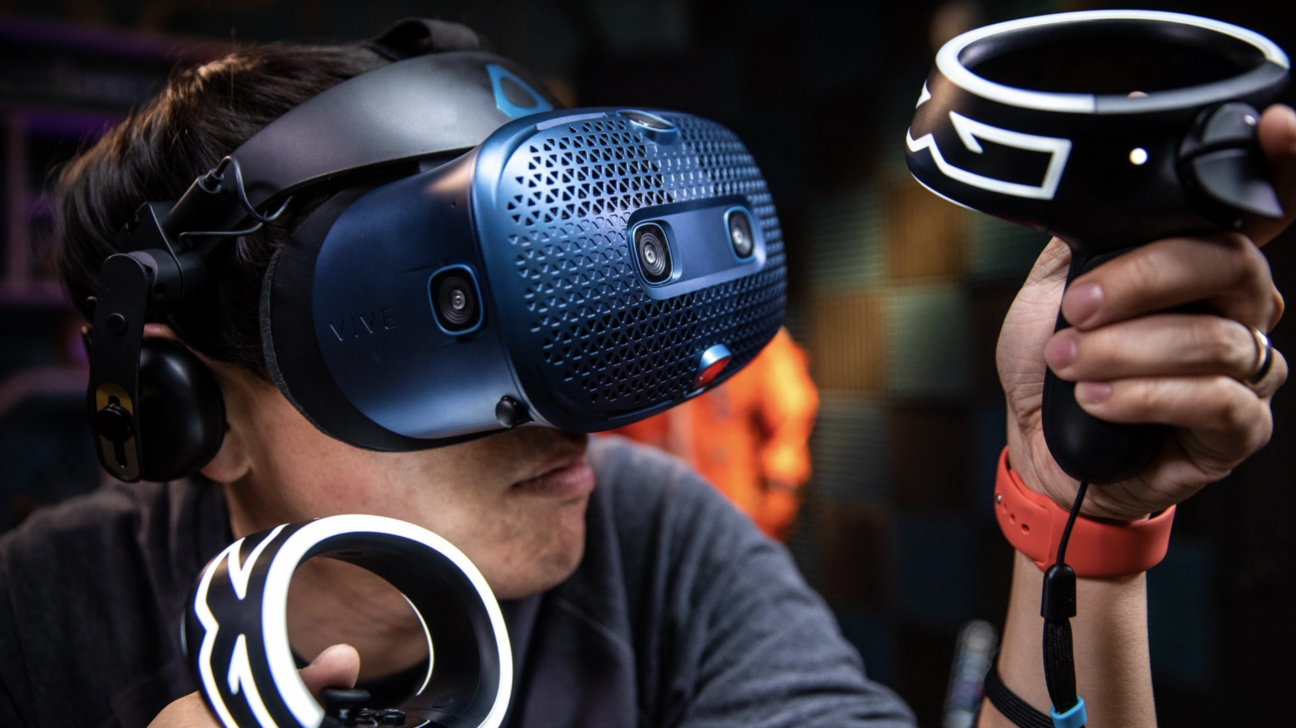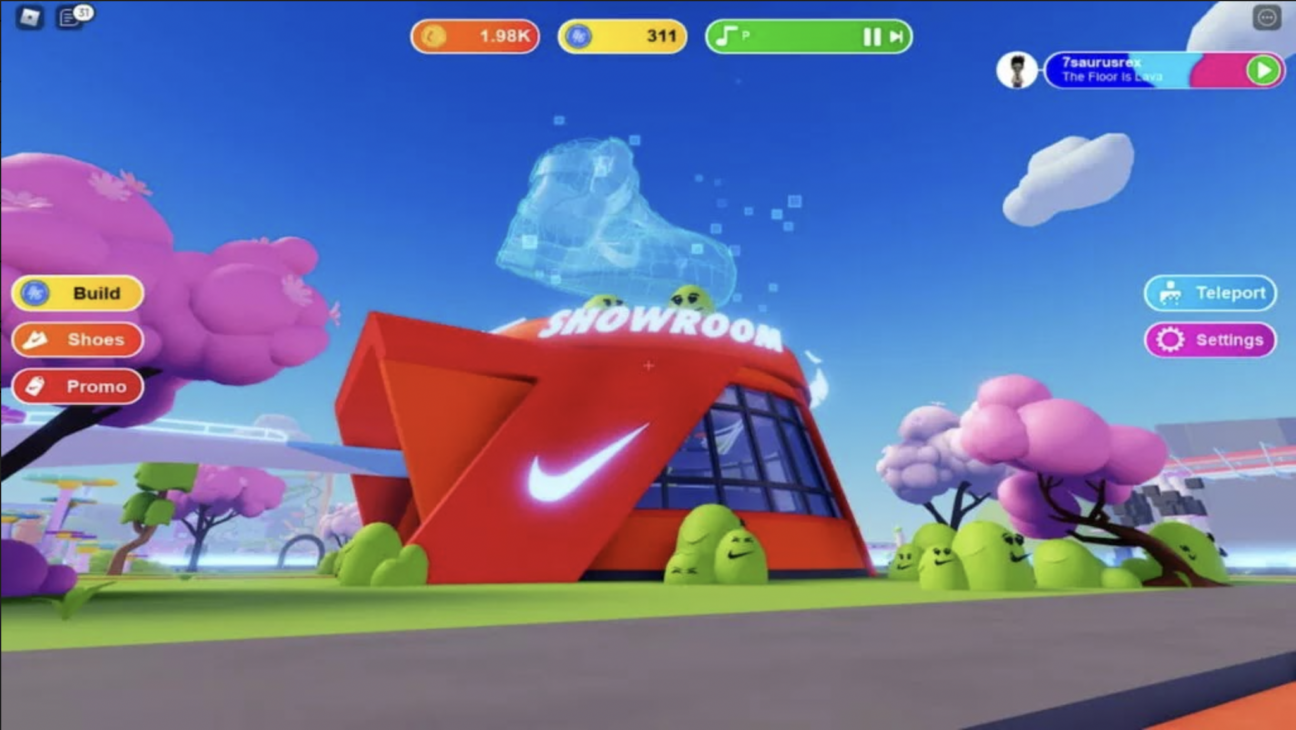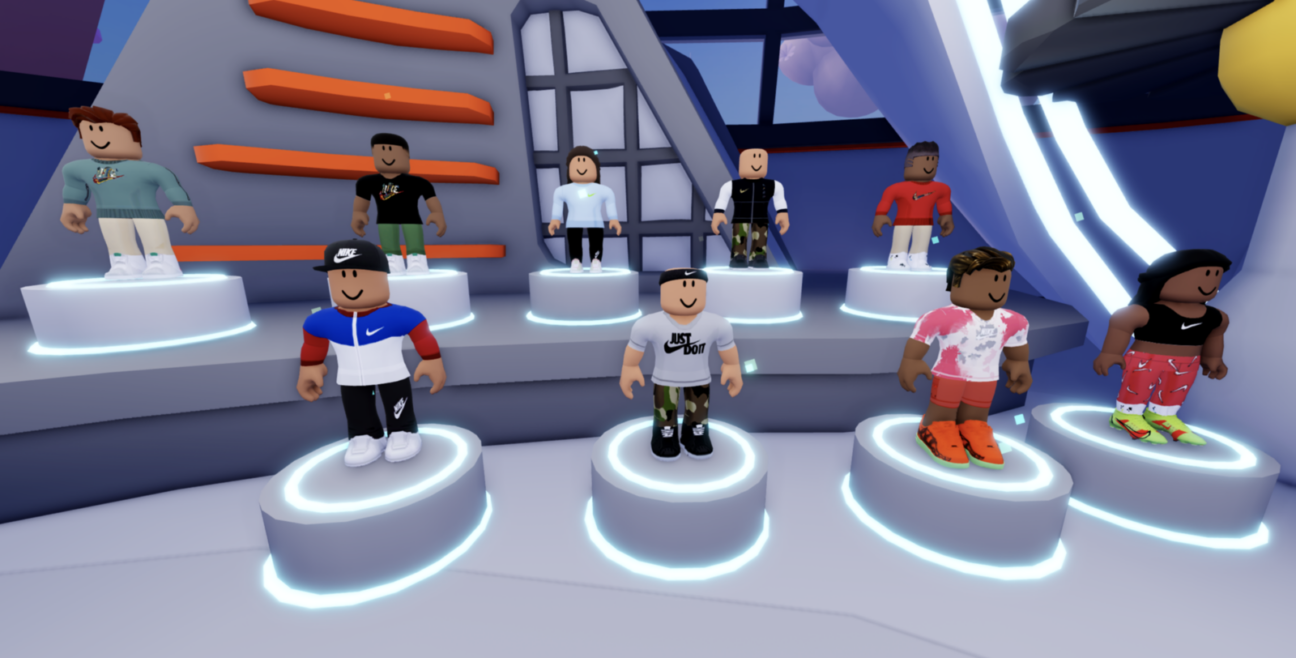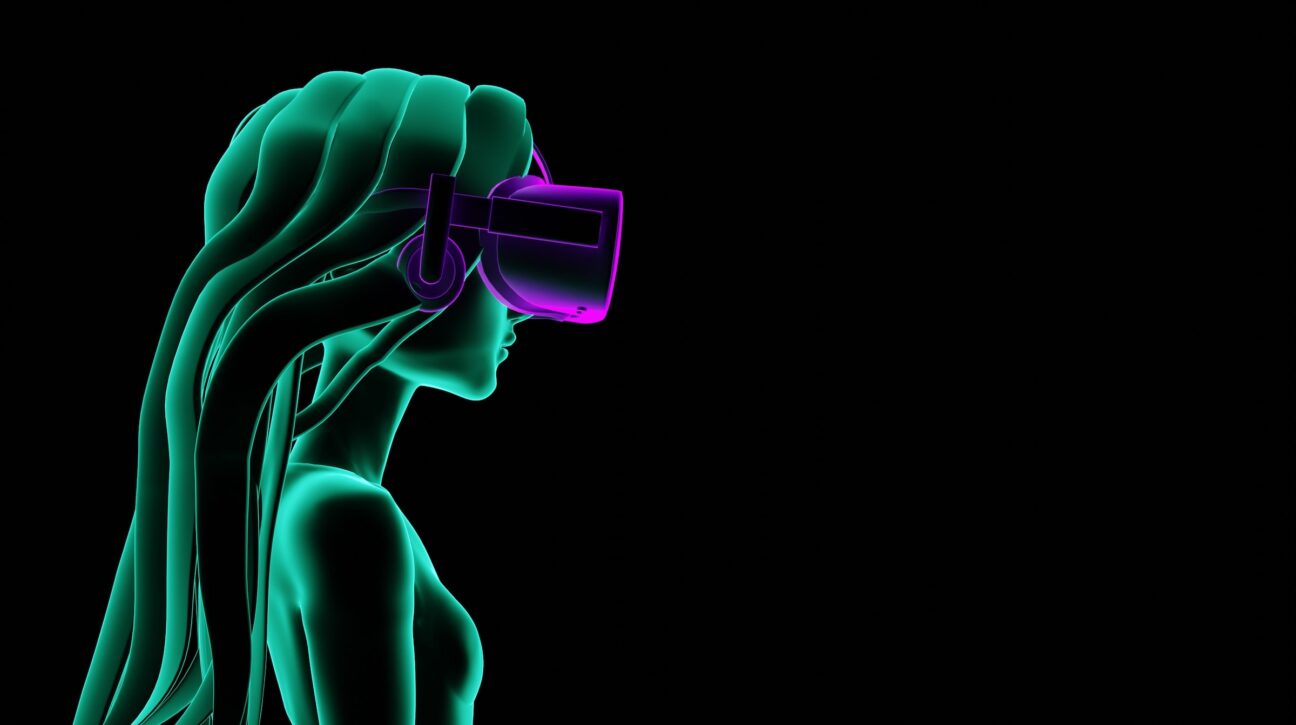The Metaverse is seen as the holy grail of the future of virtual platforms, with the power to unite all virtual worlds into one. In essence, this would mean users can freely move from one virtual world to the next, taking their personally designed avatar and wearing their NFT fashion purchased in multiple realms with them, creating a truly open universe of multiple experiences, styles and personalities.
Just like Tik Tok, where trends, categories and subcultures naturally appeared, this could also be a distinct possibility in the near future for the Metaverse. Consider how different worlds take on their own distinct character or subculture as your avatar moves seamlessly from one distinct expanse to the next. Your avatar’s character, look, and personality could change to reflect its new surroundings and the cohorts within. Imagine no longer being just one person but multiple people, seamlessly changing as you move from one world to the next. Mind. Blown. Literally.

Another consideration for the future of the Metaverse is deeper immersion. Meta began pushing its platform Horizon worlds to be experienced solely through VR headsets, but having realised the uptake of its platform was too slow, has now conceded that – for the time being at least – it will allow users in via a traditional screen. Beyond VR, other areas that I’m sure will also be explored in the not-too-distant future will be to engage more senses by utilising things like haptics. Haptics, of course, has already been introduced on pure gaming devices such as Playstation and Xbox, and do add to the experience when you are in the thick of it, in a super exciting, fast-paced gaming environment of your choosing, but you are going to need a lot more than basic haptic controllers to keep users engaged for any period of time in the Metaverse as it stands.
Is it something brands should get involved with right now, or should they wait to see how things pan out?
This depends on quite a few factors that individual brands need to weigh up. As far as brands are concerned, the Metaverse as a marketing channel opportunity should be approached with open eyes and open minds, especially as it takes shape. Much like any channel that works in conjunction with other channels – the right fit for the required audience at the right time should be considered, just like in any brand’s strategic comms cycle.

Many brands are beginning to get involved, with varying levels of success depending on what success means to them. For some, it may just be the case of being there first, being avant-garde; for others, it’s a simple case of FOMO. Brands with a younger demographic such as Nike and Adidas, are seeing instant success as their youth audiences are already game-world savvy and tend to be natural early adopters, but are we going to see the same kind of success for insurance companies or nappy brands?

Nike and Adidas also see it as the perfect opportunity to innovate, experiment and test. Nike has created a branded interactive world modelled on its real-life headquarters in Oregon called – wait for it – Nikeland (it must have taken them forever to come up with that name), and they have plans to go way beyond dressing your avatar in the latest (or past) virtual Nike offerings. As you’d expect, Nike sees this experience as a place to test new lines of shoes and clothing, where if certain designs prove popular in the virtual world, they would be made available in the real world. There’s also the possibility of collaborating with their customers on new designs. But it’s what they are planning for the future that is really interesting. For instance, the brand is looking to recreate sporting experiences based on real-world events such as the World Cup or the Super Bowl, where the users’ physical interaction with the accelerometer in their mobile device is translated into the virtual world in real-time, blurring the line further between community, gaming, brand advocacy, and closing the loop with the eventual path to purchase in the physical world. And most importantly, if this loop isn’t closed, then what’s the point?
Is the whole thing a hype bubble, ready to deflate faster than the cryptocurrency many of these platforms are built on?
As I’ve discovered, there are some substantial hurdles to overcome and although the Metaverse is gaining traction, is that traction going to be quick enough? The potential for the Metaverse, particularly in the future, is beyond imagination (read or watch Ready Player One if you haven’t already to get a taste), and although it is still very early days, with the right strategy, creativity and bravery there are ways to navigate around its current shortcomings, allowing for brands to have a meaningful and worthwhile presence now while being in a good position to build on its potential in the future.

I believe the Metaverse experience will get bigger and better as more people tune in and the quality and technology improve, but this is going to take a lot of time and huge investments, and like any new venture, especially one as grand as this, it’s always going to have some teething problems, but I doubt very much the aspirations behind the Metaverse will fail. Whether we like it or not, we are on the brink of a new digital revolution, and the shift associated with the Metaverse will be huge if the momentum can be sustained and the technology improves quickly enough, offering infinite potential as a brave new space for us all to explore, test, and innovate. It will be up to us to stay educated and at the forefront of every development so that we can confidently inform and lead clients into this exciting frontier at exactly the right moment for their specific brand. And once we’re all there, find innovative and unique ways to break the mould and flourish in a new world where truly anything could be possible.
To learn more about the Metaverse and how it could help your brand, download GPJ’’s official take on all things Metaverse here.
Adrian Goldthorp
Executive Creative Director at George P. Johnson, Australia & New Zealand
